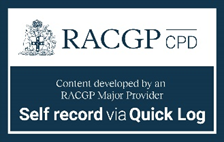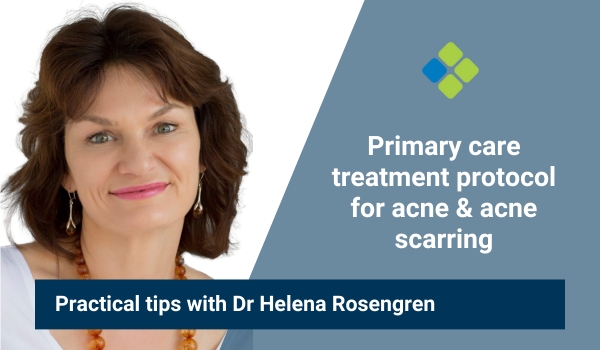Management protocol for acne patients
Dr Jenny Kimmins shares her acne management protocol and provides her top tips for treating acne in the primary care setting.
-1.jpg)
HealthCert Education
Do you see patients with acne concerns? In this short video, Dr Jenny Kimmins shares her acne management protocol and provides her top tips for treating acne in the primary care setting.
Dr Jenny Kimmins has a special interest in cosmetic medicine and runs a dedicated skin clinic in Melbourne. In this video, she gives her advice for doctors who see patients with acne, which is a very common skin complaint in primary care.
"When we're treating and assessing patients with acne, the most important thing is to be aware that the earlier you start treatment and the more aggressive you are with treatment, often the better the results," says Dr Kimmins.
"Because acne is a long-term condition, you also need to educate patients that they have to be in it for the long haul. It's not a quick consultation where you might prescribe some medication and then that might be the last time you see the patient until their prescription runs out six months later.
"It's important to make a diagnosis of what type of acne the patient has.
"[And then] I think it's important not to underestimate the importance of a really good skincare regime and to look at some basic lifestyle factors. Often when you talk to patients about what their daily habits are and what they're putting on their skin, you can actually just make a few very minor changes that result in quite dramatic improvement in their skin, often without the need for medical therapy."
Dr Kimmins goes on to discuss what medical therapies are appropriate and effective for mild to severe acne.
See all this and more in the full video below.
Explore more articles, podcasts and webinars in aesthetic medicine.For further information on this topic, you may be interested to learn more about HealthCert's Professional Diploma program in Aesthetic Medicine - aesthetics training for GPs, online or with workshop.

 1800 867 1390
1800 867 1390


.jpg)
.jpg)



